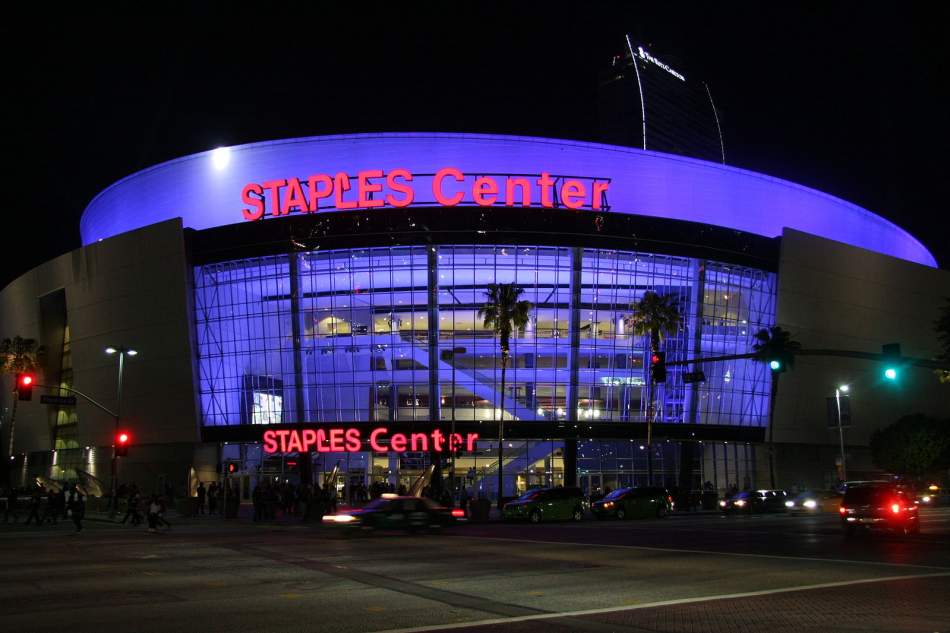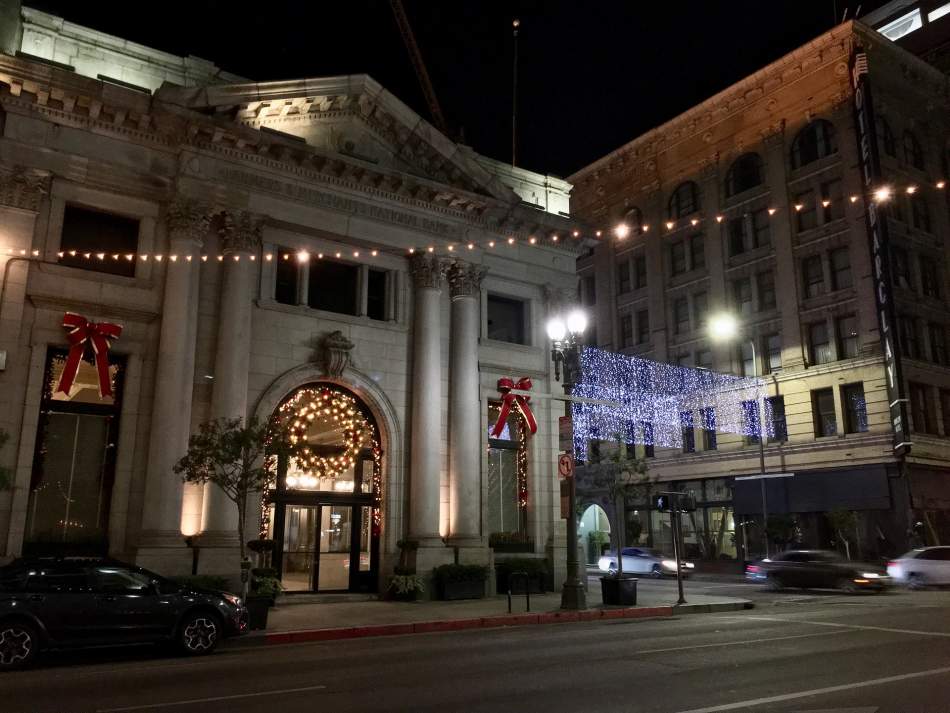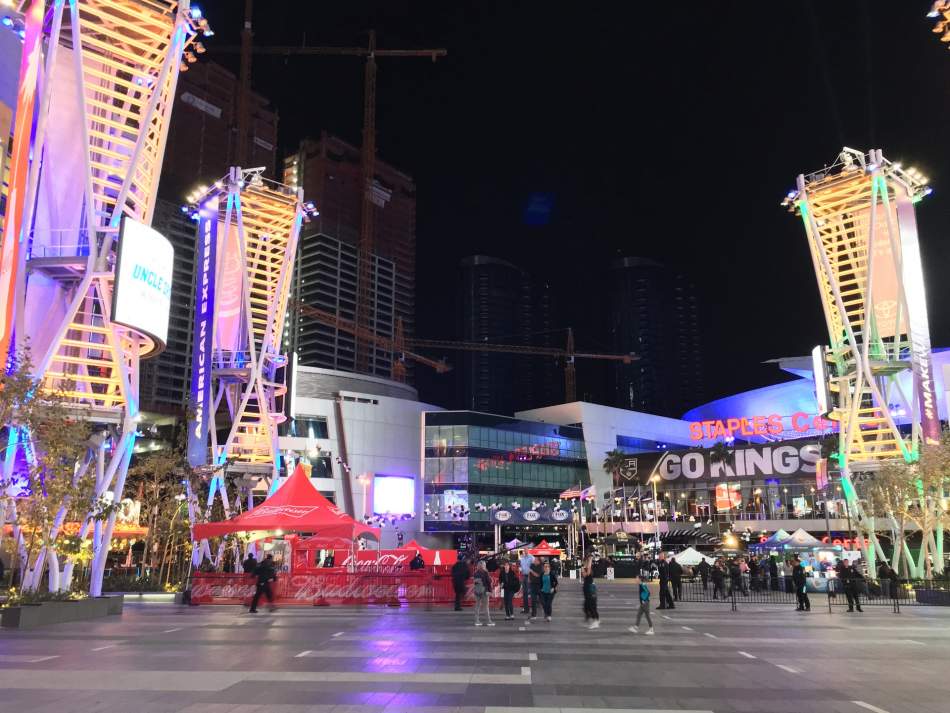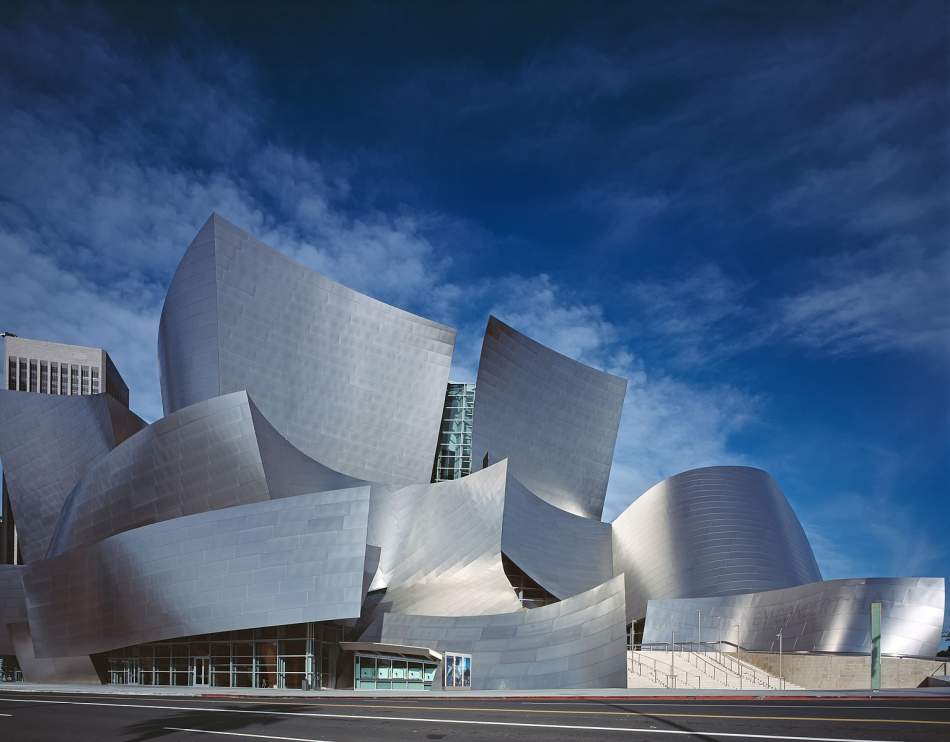From the editor: “L.A. Urbanized” is a series of articles exploring why Los Angeles is currently in the midst of an urban revolution and what it means for the city’s future. It documents the evolving development landscape of the region over the past few decades, identifies what key events brought about its urbanist turn, and considers what the impact of this transformation will be. Urbanize LA will publish one chapter of the 9-part series each Monday from April 2 through May 28.
- Introduction
- Chapter 1: Local Growth Politics and Development Patterns
- Chapter 2: The Several "Revitalizations" of Downtown Los Angeles
- Chapter 3: The Making of Los Angeles as a Global City
Up to this point, this series has focused on contextual background evolutions that set the stage for Downtown’s explosive growth, but did not directly cause it. This week’s installment will describe what specifically launched Downtown LA on its current transformation, against the backdrop described in the prior three installments. A business advocacy organization, the Central City Association (CCA), and a specialist governmental agency, the Community Redevelopment Agency of Los Angeles (CRA/LA), both played decisive roles in setting DTLA on this course through two key actions, both taking place in 1999. The CCA served as an organizing force amongst Downtown business interests, and led political advocacy toward the development of Downtown. Founded in the 1940s and dissolved in 2011, the CRA would conduct feasibility studies of various urban renewal efforts, partner with developers to improve their projects’ prospects, and in some cases employ eminent domain powers to forcibly purchase ‘underused’ land and reallocate it to public or private users for ‘higher and better’ purposes. In 1999, these types of activities paved the way for both the passage of the Adaptive Reuse Ordinance and the development of STAPLES Center. The effect of those events was cemented by subsequent development and business promotion. All of these actions set in motion “DTLA’s Renaissance”, building on the underlying economic, political, and cultural forces that had been acting in the background for some time.
The Adaptive Reuse Ordinance
Both the CCA and the CRA/LA had for several decades worked to encourage vitality in DTLA. Though their efforts had produced a mixed track record over several decades, they were decidedly effective from the late 1990s onward.
In the early ‘90s, the CRA began conducting feasibility studies on the concept of converting old and underused office properties into residential units. Downtown LA boosters were inspired by similar activities taking place in lower Manhattan. At the time, DTLA had a huge surplus of office space as compared to demand, while it had very little usable residential space. The thinking was that, given certain legislative adjustments making special regulatory exceptions for the conversion of old office spaces, it would be profitable for developers to engage in such adaptation projects in DTLA.
In 1997, the CCA hosted a seminar to discuss how adaptive reuse could be brought about Downtown. This seminar brought together developers, investors, historic preservationists, city planners, and other public officials. The mechanics of the bill were hashed out over the subsequent couple of years, and the Adaptive Reuse Ordinance was passed by the Los Angeles City Council in 1999.
This piece of legislation proved to be a major catalyst, in that it allowed developers to convert old office properties into residential units without many of the provisions typically required for housing. Most critically, the Adaptive Reuse Ordinance relaxed requirements on the amount of parking needed for these converted residential units — as the converted buildings were often built almost 100 years ago, their parking was not conforming with contemporary code. The CRA/LA eased the parking burden for developers even further by granting these converted apartments’ tenants exclusive access to nearby parking facilities owned by the CRA, in so doing pioneering a new decoupled parking provision arrangement that has since been replicated elsewhere. The first major reuse project of this sort converted early twentieth-century office buildings in LA’s historic financial center into apartments, a project called the Old Bank District. The success of that project, carried out by developer Tom Gilmore, served as a proof-of-concept for future reuse projects in the neighborhood.
The Development of STAPLES Center
The year 1999 was a watershed for DTLA’s redevelopment, beyond just the passing of the Adaptive Reuse Ordinance. That same year also witnessed the completion of STAPLES Center, a sporting arena and events venue in DTLA that may have done as much as anything to spark DTLA’s development boom. During the mid-1990s, a company called Anschutz Entertainment Group (AEG) had been in talks with the CRA/LA and the City of LA to develop a new entertainment district within DTLA. Back in the ‘80s, the City had worked to expand its convention center, but by the ‘90s it was still fairly sleepy and isolated, surrounded as it was by empty parking lots and run-down old apartment buildings. Hosting conventions can bring cities a lot of money, and convention centers are selected based largely on surrounding amenities, such as hotels, restaurants, and other entertainment venues so as to attract and service convention attendees.
AEG’s plan was to build this arena right next to the convention center, and ultimately to surround these two destinations with hotels, restaurants, and the other requisite amenities, which would themselves be patronized by both convention and arena attendees. The City of LA and the CRA/LA saw promise in this proposal, and moved to make it a reality. The CRA/LA was particularly influential here, in that it was called on to exercise its eminent domain power to forcibly acquire several city blocks’ worth of land and allocate them to AEG. In 1999, STAPLES Center was completed on this site, and several sports teams relocated themselves from across the LA region to this one central venue.
Over ensuing years, STAPLES Center functioned as the nucleus of broader development at the southern end of DTLA where it was located — an area known as South Park. AEG, the arena’s developer, owner, and operator, was primarily a dedicated entertainment company, rather than just a standard real estate firm, so AEG was able to leverage its resources rapidly to turn STAPLES Center into Greater LA’s premier entertainment venue. Between its three professional basketball teams (including the WNBA), its ice hockey team, and numerous concerts and special events, STAPLES Center was drawing crowds ranging from 10,000 to 20,000 people for about 250 days per year, a frequency far above the norm for sporting venues. Many of these people needed places to eat and drink before and after the events, so the local neighborhood was given a captive, paying market for most days of the year. Yet at first, the area surrounding the center contained little more than parking lots and warehouses.
Shortly after STAPLES Center began operation then, AEG began work on developing an entertainment complex across the street from STAPLES. Known as “L.A. Live”, this venue was completed in 2008, and it is home to a number of high-end restaurants, bars, bowling alleys, and nightclubs, in addition to an additional concert venue within the complex, a flagship movie theater, a museum, and two new hotels. In aggregate, this cluster of attractions has made DTLA into a true entertainment district, in addition to a business and governmental one.
The success of L.A. Live has inspired a number of other developers, such that there are currently dozens of major development and redevelopment projects taking place within ¼ mile from STAPLES Center. Most critically, many of the buildings coming online in this area contain very modern housing units — the sort that might attract less adventurous tenants than do those converted historic office buildings in older parts of DTLA. As such, DTLA may in years to come have a more economically sustainable and stable housing base from which local residents may patronize shops and restaurants, make use of public transit, and work at nearby office facilities.
Expanding Monumentality
STAPLES Center was built to entertain tens of thousands of viewers per event; another entertainment venue built around the same time in DTLA had intended to entertain a much smaller set of people, but its effect on neighborhood development was much closer to that of STAPLES Center than many might have anticipated. The Walt Disney Concert Hall was built atop a hill in DTLA’s Civic Center area in 2003. Given its dramatically curving metallic façade, it has become known as much for its status as an architectural icon as it is for being the home of the LA Philharmonic.
Since that time, it could be said that the Concert Hall has provided for DTLA a “Bilbao Effect”, a phenomenon where a single piece of striking architecture attracts tourism to a locale which otherwise experienced little tourism. Indeed, the famous Bilbao Effect is particularly applicable here in that the effect is named after the impact of the Frank Gehry-designed Guggenheim Museum extension in Bilbao, Spain. The Disney Concert Hall was also designed by Gehry, and in fact the Bilbao structure was modeled on Disney Hall! Since the completion of the Disney Concert Hall, tourism in its vicinity has increased quite a bit, providing business for many restaurants and shops in the area, which includes DTLA’s Historic Core district just a few blocks away.
The Concert Hall’s creation also inspired the development of another architectural icon right next to it, the Broad Museum, which opened in 2015. These landmark facilities, in conjunction with the several other museums, art schools, and performance halls within a few blocks of them, serve to give DTLA the lasting cultural gravitas that draws tourists and residents who want to be close to a cultural center. Moreover, these institutions give DTLA the feeling of being a “real” urban core in the traditional sense that it contains a preponderance of the region’s most notable cultural institutions, a notion that I believe encourages external speculators to invest in DTLA with more confidence. For one group of investors in particular, confidence was indeed the primary good they were seeking in exchange for lavishing DTLA with unprecedented investment and development.
Organization and Advocacy
With so much attention paid to Downtown’s growth and development today, it is easy to forget how unlikely this resurgence might have seemed before it began. Many local politicians and influential citizens before the current boom thought of Downtown as a lost cause, and of investment in the place as throwing good money after bad. Advocates for Downtown LA, most notably but not limited to the Central City Association, consistently pushed for such investment, and more often than not they succeeded. They challenged the fundamental notion that Downtown’s best days had passed, and that the city’s future growth and investment should be concentrated in the suburbs. Today, few public officials would disagree that Downtown ought to play an important role of some kind in the region’s future, and the shaping of that understanding may constitute one of the DTLA boosters’ greatest victories.
One of their other key victories was the creation of Business Improvement Districts (BIDs) in the early 1990s. BIDs fill the gaps where traditional government agencies cannot devote the resources toward providing public goods. Funded through a levy on local businesses, BIDs perform public services that improve neighborhoods for business, such as picking up trash, patrolling streets, and advocating politically on behalf of a neighborhood. There are several BIDs across DTLA, and their presence has had a transformative impact promoting the livability of Downtown streets since the depths on the early ‘90s.
With a growth mentality and BIDs having been secured for Downtown, the next step was to promote transformative monetary investment. Former President of the CCA, Carol Schatz, proved instrumental in crafting the notion of the “Downtown Renaissance”, a narrative she promoted to attract capital investments Downtown from both within the region and beyond. Schatz took many trips around the turn of the century with LA business leaders to places like New York to promote real estate and other investments Downtown. On her first trips, the investors she met with found the prospect of betting on Downtown LA to be dubious. But over time, her narrative of the Downtown Renaissance was vindicated by the extraordinary growth DTLA was experiencing, and out-of-town investors grew eager to become a part of it.
Previous Installation: The Making of Los Angeles as a Global City
Jason Lopata works as a land use consultant with Craig Lawson & Co., LLC, helping real estate development projects in LA navigate the city approvals process. Jason previously spent time on the Business Team of LA Mayor Eric Garcetti. He also writes articles on globalization and urban development for Stratfor, the geopolitical analysis website. Jason received his bachelor’s degree from Stanford University and completed programs of study at the University of Oxford and at UCLA’s Anderson School of Management. While at Stanford, he founded and led the student real estate organization, and authored his senior thesis on Los Angeles development over the past 30 years.









